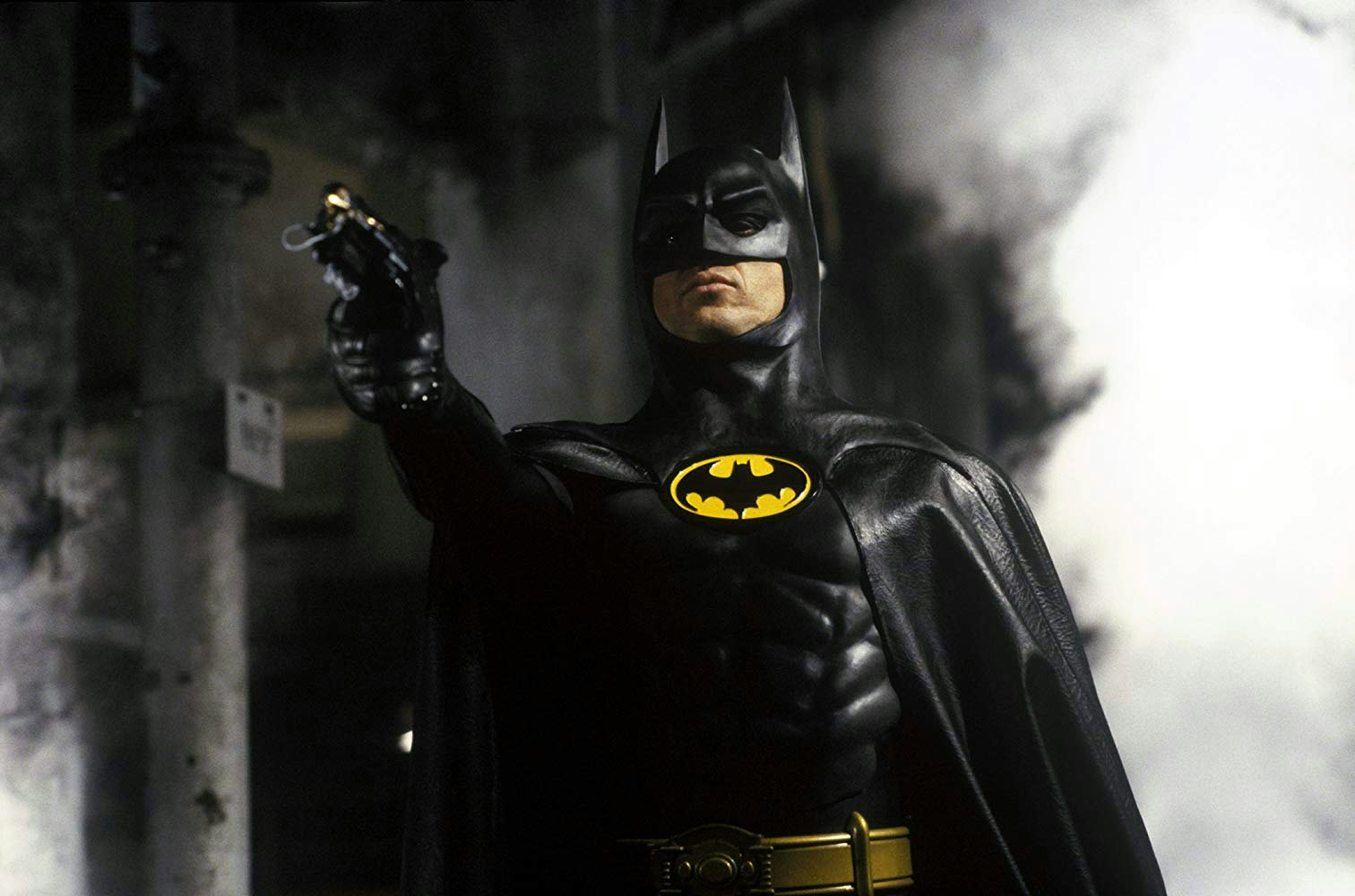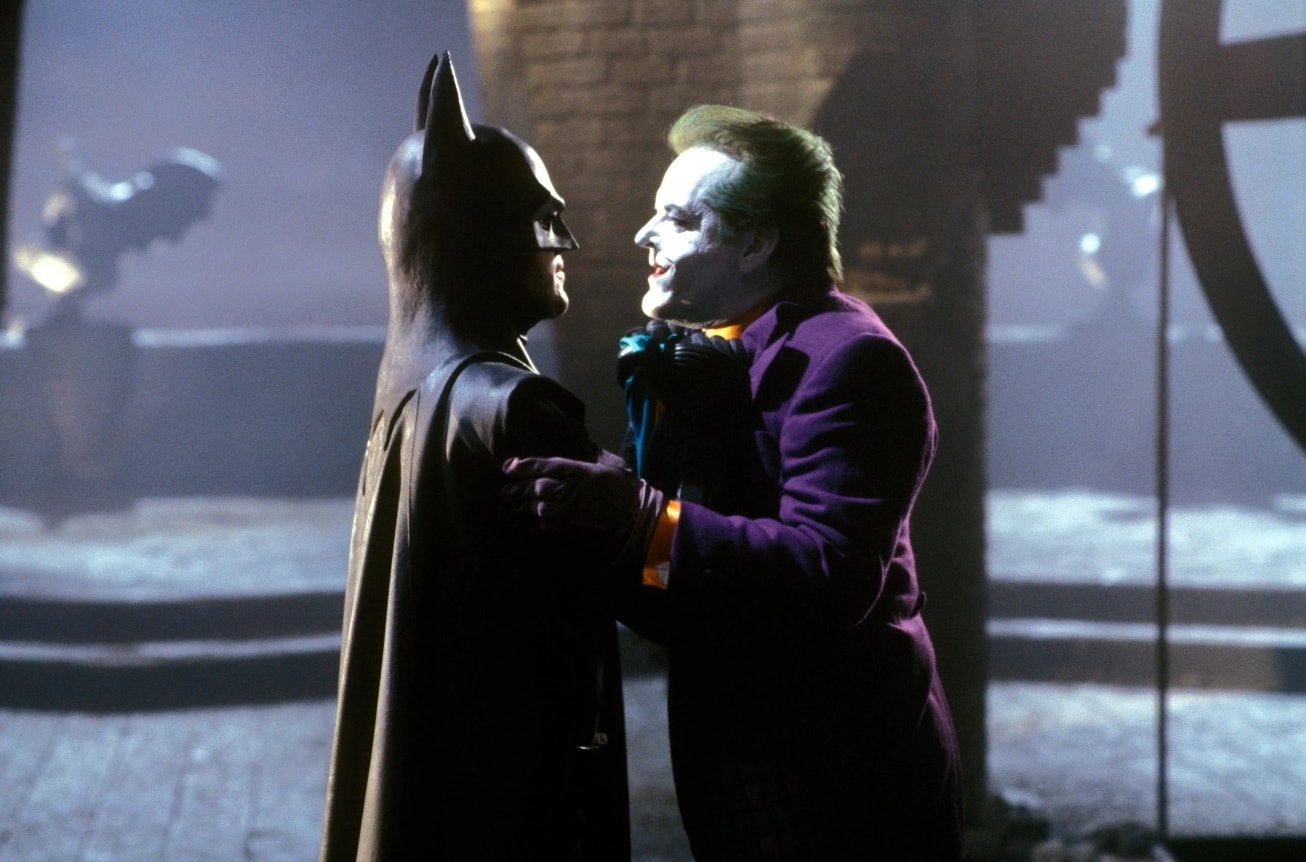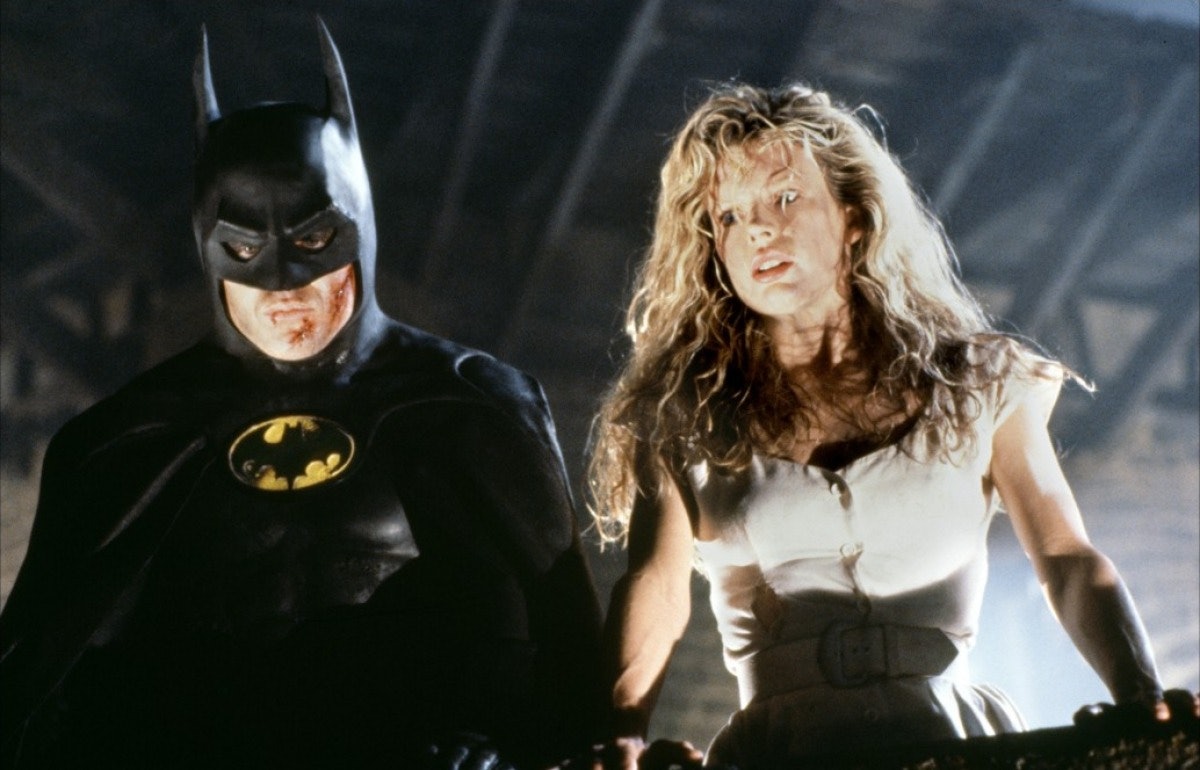
There’s no DC studio logo at the beginning of 1989’s Batman, and director Tim Burton gets billed above DC Comics in the opening credits. That’s because 35 years ago, when superhero movies were a box-office novelty, Tim Burton and Batman were at roughly equal levels of audience interest.
Sure, Batman was already an enduring pop-culture figure thanks to decades of comic books and a campy 1960s TV series. But Burton, following his impressive work on hit movies Pee-wee’s Big Adventure and Beetlejuice, was just as much of a draw. He wasn’t there to serve a homogenized corporate vision of a superhero universe. He was there to make a Tim Burton movie.
The idea of the superhero movie as a bold auteur vision has been almost completely lost in the age of Marvel and DC’s cinematic universes, and rewatching Burton’s Batman serves as a reminder of the idiosyncratic ambitions that filmmakers were once allowed to bring to even the most popular characters.
Burton announces his distinctive presence with an opening title sequence that features the camera swooping around the Batman logo like it’s traversing the Grand Canyon, and his take on the material is what makes the movie so entertaining and rewarding. This is recognizably a Batman story, complete with billionaire vigilante Bruce Wayne’s familiar superhero origin and a battle with his arch-nemesis, the Joker, but it’s filtered through Burton’s gloomy goth sensibilities, set in a version of Gotham City that owes as much to Fritz Lang’s Metropolis as it does to anything DC Comics ever published.
Some fans objected to Michael Keaton as Bruce Wayne, but in retrospect the casting is perfect. Keaton brings a mix of vulnerability and playfulness to Bruce that no subsequent actor captured, while still making Batman imposing and powerful. Jack Nicholson was a less controversial choice as the Joker, but he also makes the character his own, adding his sardonic charm to the unhinged killer. They’re recognizable versions of their comic book counterparts, but they’re also clearly Burton characters. Keaton’s Bruce has a bit of Beetlejuice’s snark and Edward Scissorhands’ naïveté, while Nicholson’s petulant Joker is like a homicidal Pee-wee Herman.
“I make art until someone dies,” says the Joker, whose crimes are all like large-scale performance art pieces. He’s not looking to seize power or amass wealth — he just wants to sow stylish chaos. When the Joker hijacks the TV airwaves to tell the citizens of Gotham City that he’s poisoned their cosmetic products with his deadly Smylex chemical, he does it via a big-budget commercial involving multiple costume changes.

A menacing message delivered with dark artistic flair reflects Burton’s aesthetic values. The Joker’s origin is a tribute to Burton’s beloved vintage monster movies, from the Axis Chemicals facility full of more dials, levers, and vats than a mad scientist’s lab to the backroom surgeon’s office where the Joker peels off his bandages to reveal his new face, like Claude Rains in The Invisible Man.
Keaton easily matches Nicholson’s off-kilter approach, although he often accomplishes that by underplaying his character’s big moments. Keaton’s best scene as an actor isn’t a loud confrontation with the villain, but Bruce’s awkward effort to reveal his secret identity to his love interest, photographer Vicki Vale (Kim Basinger). He stumbles through a preamble like he’s about to describe a twisted sexual fetish, and when Vicki gets up to answer her door, he’s left alone, practically whimpering, “I’m Batman” with no one to listen.
Burton doesn’t rely solely on oddball character interactions, though. Batman’s action is nowhere near the current standard for superhero movies, but there are still plenty of chases and fight scenes, all punctuated by the Joker’s memorably nonsensical observations. Nicholson is funny because he delivers his bizarre one-liners with total conviction, while Burton doesn’t try to seriously delve into the psychology of the Joker; he’s a combination of a 1930s gangster and a 1950s monster, and that’s all that anyone needs to know.

There’s a bit more under the surface with Bruce, who’s just as awkward at a fancy party or when rescuing Vicki from the Joker’s henchmen as he is while on a date. His longtime butler and father figure Alfred Pennyworth (Michael Gough) is eager to marry him off and push him into a semblance of a normal life, but Keaton makes it clear that Bruce is an inveterate weirdo. That’s ultimately what Vicki’s drawn to, rather than the desperate overtures of her buffoonish reporter colleague Alexander Knox (Robert Wuhl).
“Oh, and give Knox a grant,” Bruce says dismissively to Alfred after meeting the pair of journalists at a gala, where Knox jokes that he could use some of Bruce’s money. That off-hand attitude exemplifies Burton’s approach to making a superhero movie. He managed to get himself in the position of bringing DC’s biggest character to life, and he treated it as a chance to expand his cinematic artistry. It’s a shame opportunities like that don’t come along anymore.







